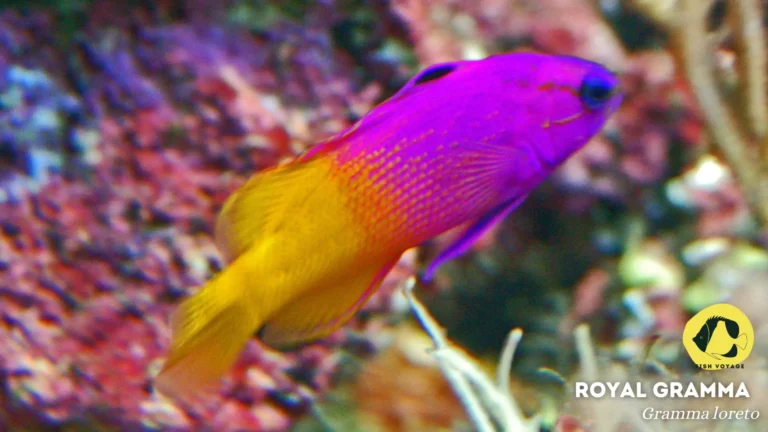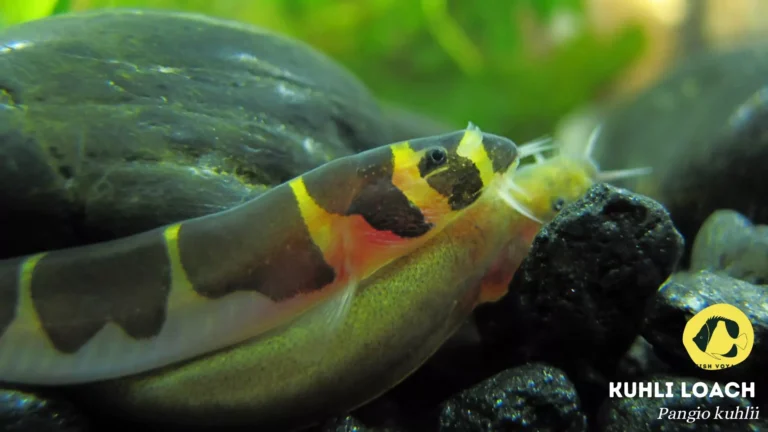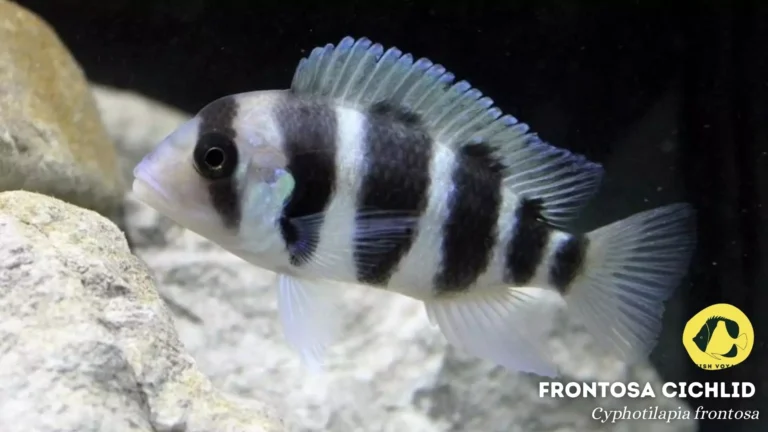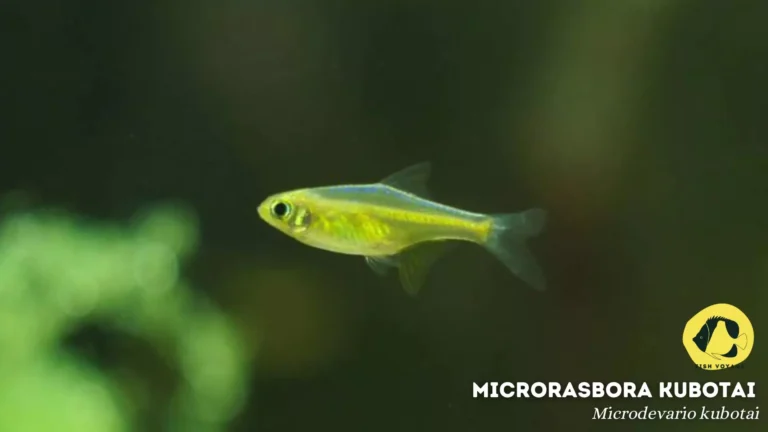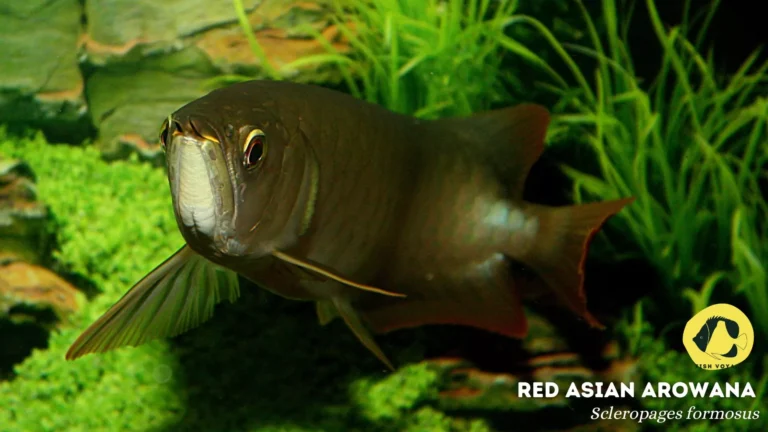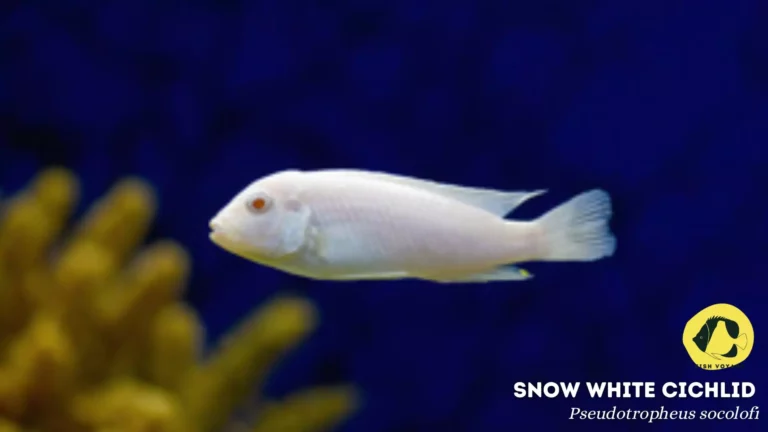Corydoras Catfish: Everything You Need to Know!
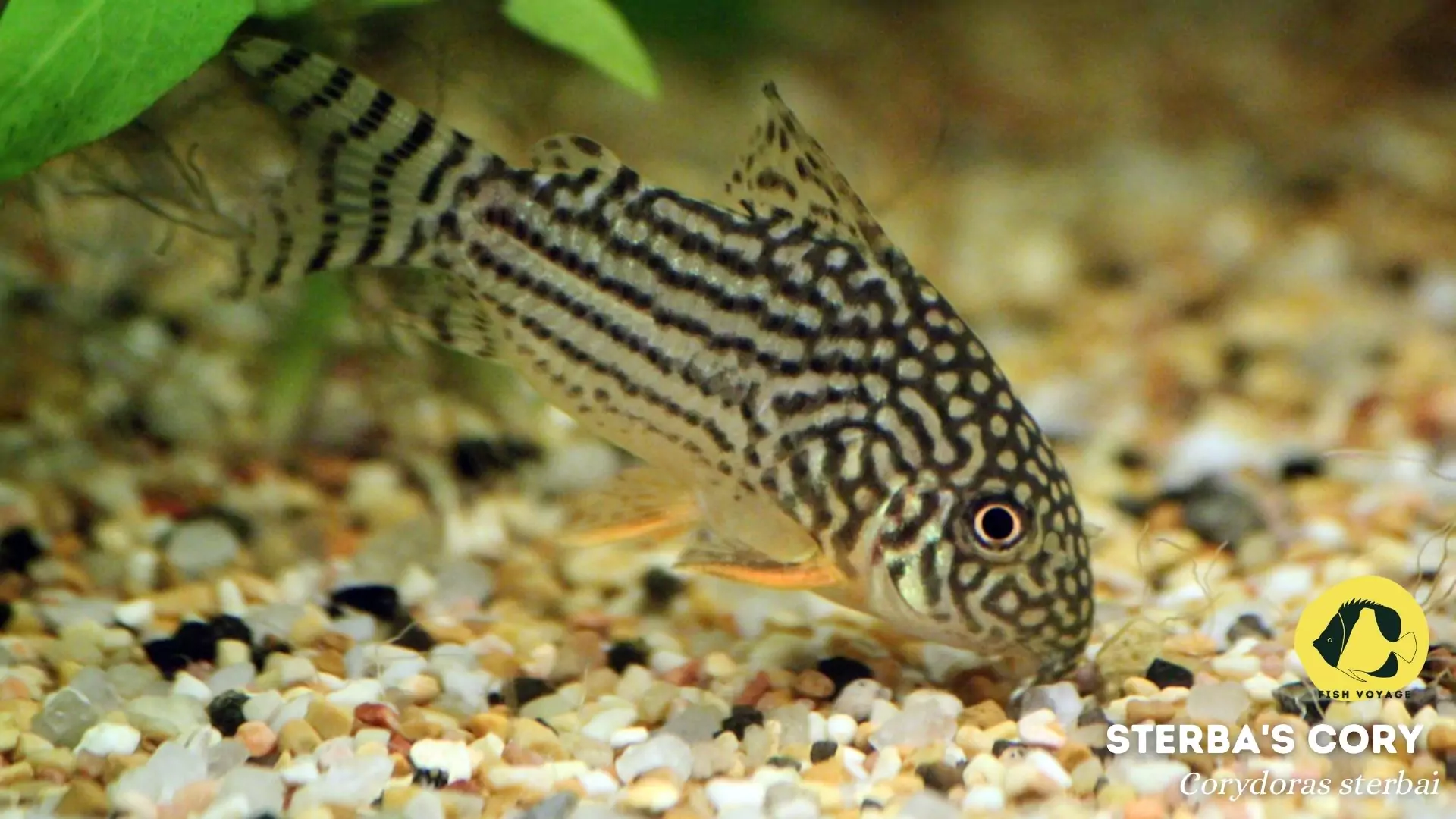
Corydoras catfish, native to the rivers and streams of South America, have captivated aquarists worldwide with their unique charm and fascinating behavior. Renowned for their peaceful nature and distinctive appearance, these catfish species have become a staple in many aquariums, both beginner and expert alike. From their endearing habit of scavenging the tank floor to their intricate social dynamics within a shoal, Corydoras catfish bring a delightful liveliness to any aquatic environment. In this comprehensive guide, we delve into every aspect of Corydoras catfish care, from their origins and habitat requirements to feeding habits, behavior, and common health issues. Whether you’re a seasoned aquarist seeking to expand your knowledge or a newcomer eager to learn, this article promises to provide you with everything you need to know to care for these captivating creatures.
Origins and Classification
South American Origins
Corydoras catfish hail from the diverse waterways of South America, where they inhabit rivers, streams, and tributaries across the continent. Their natural habitats span from the Amazon basin to the river systems of Venezuela, Colombia, and beyond. This rich ecological diversity has contributed to the evolution of numerous Corydoras species, each uniquely adapted to its specific environment.
Classification within the Corydoradinae Subfamily
Within the broader family of Callichthyidae, Corydoras catfish are classified under the Corydoradinae subfamily. This subfamily encompasses various genera of armored catfish characterized by their distinctive armored plates and barbels. While Corydoras is the most well-known genus within this subfamily, other genera such as Aspidoras and Brochis also contribute to the diversity of armored catfish species in aquatic ecosystems.
Diversity within the Genus Corydoras
The genus Corydoras itself boasts a remarkable diversity of species, with over 200 recognized members. These species exhibit a wide range of morphological adaptations, including variations in size, coloration, and fin shapes. From the iconic Corydoras paleatus, commonly known as the peppered catfish, to the striking Corydoras splendens, characterized by its vibrant hues, each species offers aquarists a unique glimpse into the intricate world of Corydoras catfish.
Physical Characteristics
Description of Corydoras Catfish Appearance
Corydoras catfish are characterized by their unique appearance, which includes a streamlined body covered in bony plates known as scutes. These scutes provide protection against predators and give Corydoras their distinctive armored appearance. Additionally, they possess a pair of barbels, sensitive sensory organs located around their mouths, which aid in locating food and navigating their environment.
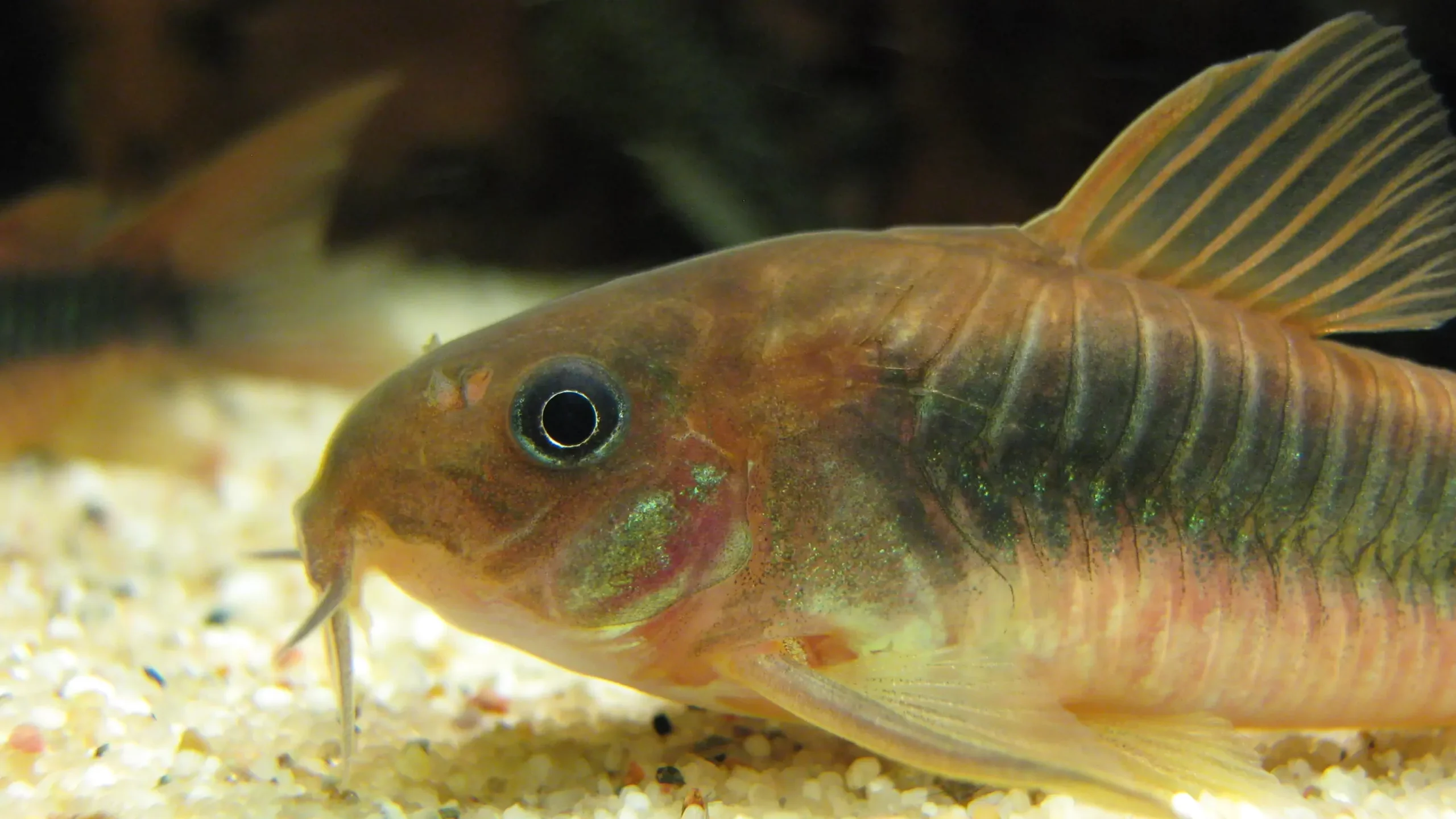
Notable Features
One of the most recognizable features of Corydoras catfish is their barbels, which resemble whiskers and are used to detect food particles in the substrate. These barbels play a crucial role in their scavenging behavior, allowing them to forage efficiently for small insects, algae, and other organic matter. Furthermore, their armored plates provide additional protection, particularly in habitats with rocky or sandy substrates where they may encounter abrasive surfaces.
Variations in Coloration and Size
Corydoras catfish exhibit considerable variation in coloration and size across different species. While some species display muted hues of brown, gray, and black, others showcase vibrant patterns and striking contrasts. Additionally, size can vary significantly, with some species reaching lengths of just a few centimeters while others grow considerably larger. These variations in coloration and size contribute to the diversity and visual appeal of Corydoras catfish in aquariums, making them a popular choice among aquarists seeking to add interest and variety to their setups.
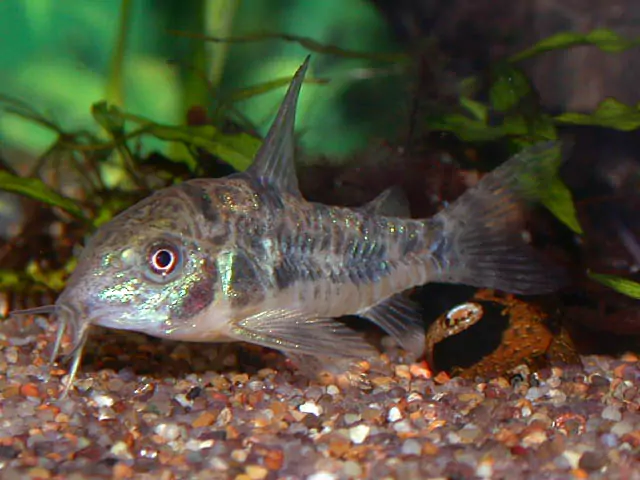
Habitat and Tank Requirements
Natural Habitat of Corydoras Catfish
In their native South American habitats, Corydoras catfish inhabit slow-moving rivers, streams, and tributaries with sandy or gravelly substrates. These environments are often densely vegetated, providing shelter and foraging opportunities for these bottom-dwelling fish. Corydoras are also found in areas with moderate water flow and ample oxygenation, which are essential for their well-being.
Tank Setup Recommendations
When replicating the natural habitat of Corydoras catfish in an aquarium setting, it’s important to consider several key factors. Firstly, tank size should be sufficiently spacious to accommodate a small group of Corydoras, as they are social creatures that thrive in shoals. A tank with a capacity of at least 20 gallons is recommended for a small group of Corydoras. Additionally, the substrate should mimic the sandy or gravelly bottom of their natural habitat, providing a suitable surface for foraging and rooting behavior. Decor elements such as driftwood, rocks, and live plants can also be added to create hiding spots and enrich the environment.
Water Parameters
Maintaining optimal water parameters is crucial for the health and well-being of Corydoras catfish. Water temperature should ideally be kept between 72-78°F (22-26°C), reflecting the tropical climate of their native habitats. The pH level should range from slightly acidic to neutral, typically between 6.5-7.5, while water hardness (GH) should be moderate, around 2-15 dGH. It’s important to monitor water quality regularly and perform regular water changes to ensure stability and prevent ammonia and nitrite buildup, which can be harmful to Corydoras and other tank inhabitants.
Feeding and Diet
Overview of Corydoras Catfish Diet in the Wild
In their natural habitat, Corydoras catfish are omnivores, meaning they consume a varied diet consisting of both plant matter and small invertebrates. They are primarily bottom-feeders, scavenging for food particles in the substrate and among aquatic vegetation. Their diet may include algae, detritus, small insects, crustaceans, and organic debris found in the riverbed.
Suitable Foods for Captive Corydoras
In captivity, Corydoras catfish readily accept a diverse range of foods, including flakes, pellets, and freeze-dried or frozen options. High-quality sinking pellets or wafers formulated specifically for bottom-dwelling fish are an excellent staple diet for Corydoras. Additionally, offering occasional treats such as frozen bloodworms, brine shrimp, or blanched vegetables can provide nutritional variety and enrichment for these fish.
Tips for Feeding Frequency and Portion Sizes
Corydoras catfish have hearty appetites and should be fed small, frequent meals throughout the day to maintain optimal health and condition. A feeding regimen of 2-3 small meals per day is recommended, ensuring that all fish have ample opportunity to feed without overloading the tank with excess food. Portion sizes should be adjusted based on the number of fish in the aquarium and their individual feeding behavior. It’s important to observe the fish during feeding sessions and adjust feeding amounts accordingly to prevent overfeeding and minimize waste.
Behavior and Compatibility
Social Nature and Shoaling Behavior
Corydoras catfish are highly social creatures known for their shoaling behavior. In their natural habitat, they form tight-knit groups known as shoals, which provide safety in numbers and facilitate communication and social interaction. In the aquarium, Corydoras thrive when kept in groups of their own species or with other peaceful bottom-dwelling fish. Shoaling behavior is an integral part of their social dynamics, and they often display synchronized movements and group foraging behavior.
Compatibility with Other Fish Species
Corydoras catfish are renowned for their peaceful demeanor, making them excellent companions for a wide range of community fish species. They are generally compatible with peaceful tank mates such as tetras, rasboras, gouramis, and dwarf cichlids. However, it’s important to avoid pairing them with aggressive or overly territorial species that may intimidate or harass them. Additionally, Corydoras are best kept in tanks with non-aggressive surface-dwelling fish to prevent competition for food and territory.
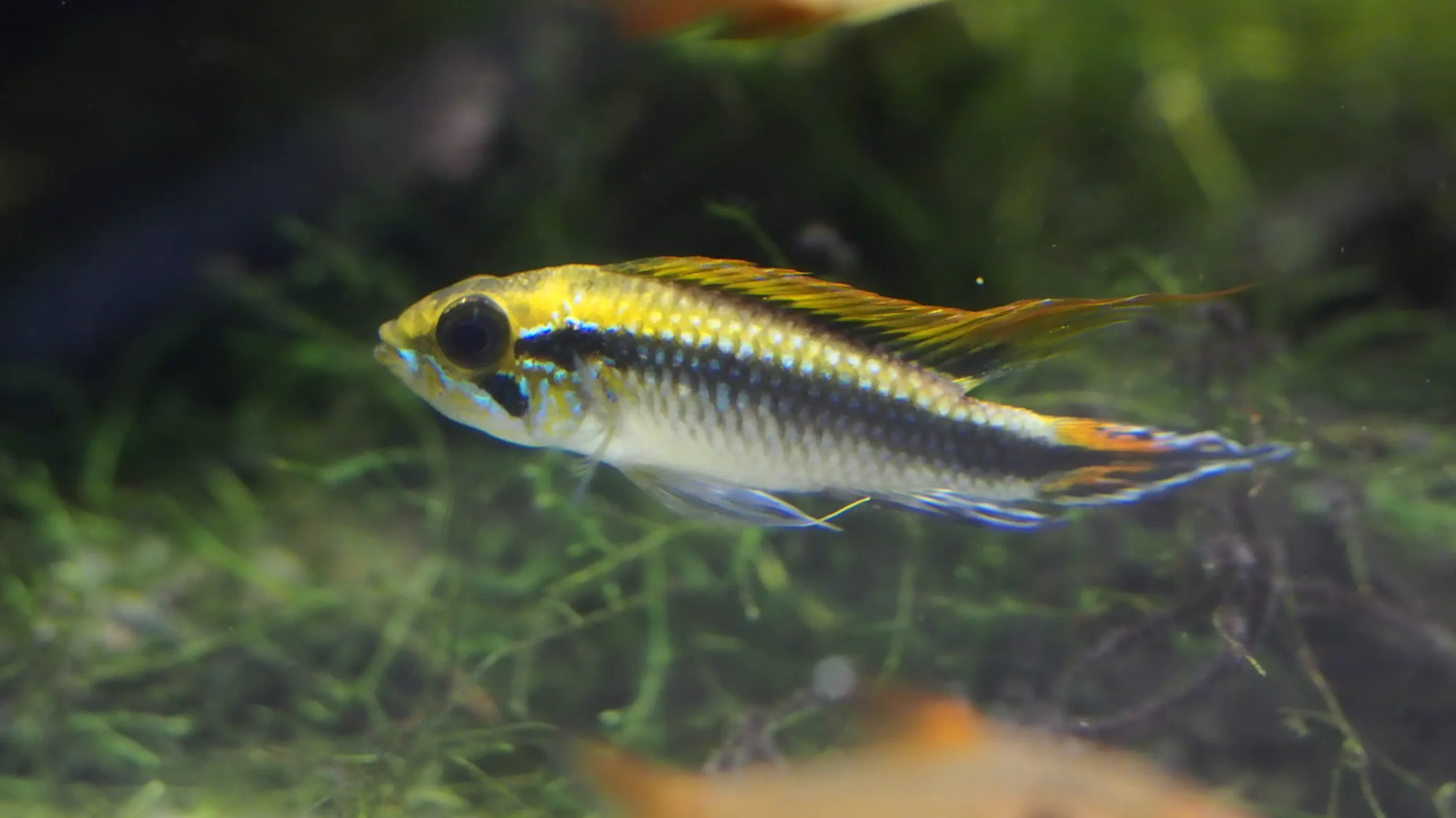
Insights into Breeding Behavior and Care
Breeding Corydoras catfish in the aquarium can be a rewarding experience for dedicated aquarists. In preparation for spawning, male Corydoras often engage in courtship displays, chasing and nudging females in a dance-like manner. Females typically lay eggs on the substrate or on plant leaves, which are then fertilized by the males. After spawning, it’s essential to provide adequate hiding spots for the eggs to prevent them from being consumed by other tank inhabitants. Once hatched, the fry can be fed with specialized fry food or crushed flakes until they are large enough to consume adult-sized foods.
Common Health Issues
Overview of Common Health Issues
Despite being hardy and resilient fish, Corydoras catfish are susceptible to certain health issues, particularly in aquarium environments. Common ailments include fungal infections, bacterial infections, parasitic infestations, and conditions such as swim bladder disease. Symptoms may vary depending on the specific ailment but can include lethargy, loss of appetite, abnormal swimming behavior, and visible signs of lesions or discoloration.
Prevention and Treatment of Common Ailments
Prevention is key to maintaining the health and well-being of Corydoras catfish. This includes maintaining optimal water quality through regular water changes, monitoring water parameters, and ensuring adequate filtration and oxygenation. Quarantining new fish before introducing them to the main aquarium can also help prevent the spread of diseases. In the event of an outbreak, prompt identification and treatment are essential. Depending on the specific ailment, treatments may include medicated baths, antibiotic or antiparasitic medications, or salt baths. It’s important to follow dosage instructions carefully and consult with a veterinarian or experienced aquarist if unsure.
Importance of Maintaining Good Water Quality
Maintaining good water quality is crucial for the overall health and immune function of Corydoras catfish. Poor water quality can weaken their immune system, making them more susceptible to diseases and stress-related ailments. Regular water testing and maintenance, along with proper filtration and adequate water circulation, are essential for preventing health issues. Additionally, providing a varied diet rich in nutrients is essential for supporting their immune system and overall vitality. A balanced diet consisting of high-quality pellets, flakes, frozen or live foods, and occasional treats such as blanched vegetables helps ensure that Corydoras receive essential vitamins, minerals, and protein necessary for optimal health.
Popular Species and Varieties
Corydoras catfish enthusiasts have a plethora of species to choose from, each with its own unique characteristics and charm. Some of the most popular species in the aquarium trade include Corydoras paleatus (Peppered Cory), Corydoras aeneus (Bronze Cory), Corydoras sterbai (Sterba’s Cory), and Corydoras panda (Panda Cory). These species are beloved by aquarists for their striking appearance, peaceful demeanor, and compatibility with a wide range of tankmates.
Descriptions and Distinguishing Features
- Corydoras paleatus (Peppered Cory): Recognizable by its peppered pattern of dark spots on a pale background, the Peppered Cory is a hardy and adaptable species ideal for beginner aquarists.
- Corydoras aeneus (Bronze Cory): Known for its shimmering bronze coloration and distinctive black stripes running along its body, the Bronze Cory adds a touch of elegance to any aquarium.
- Corydoras sterbai (Sterba’s Cory): Distinguished by its vibrant orange coloration and bold black markings, Sterba’s Cory is prized for its eye-catching appearance and active demeanor.
- Corydoras panda (Panda Cory): Admired for its adorable panda-like markings and playful behavior, the Panda Cory is a favorite among aquarists seeking a charming addition to their community tank.
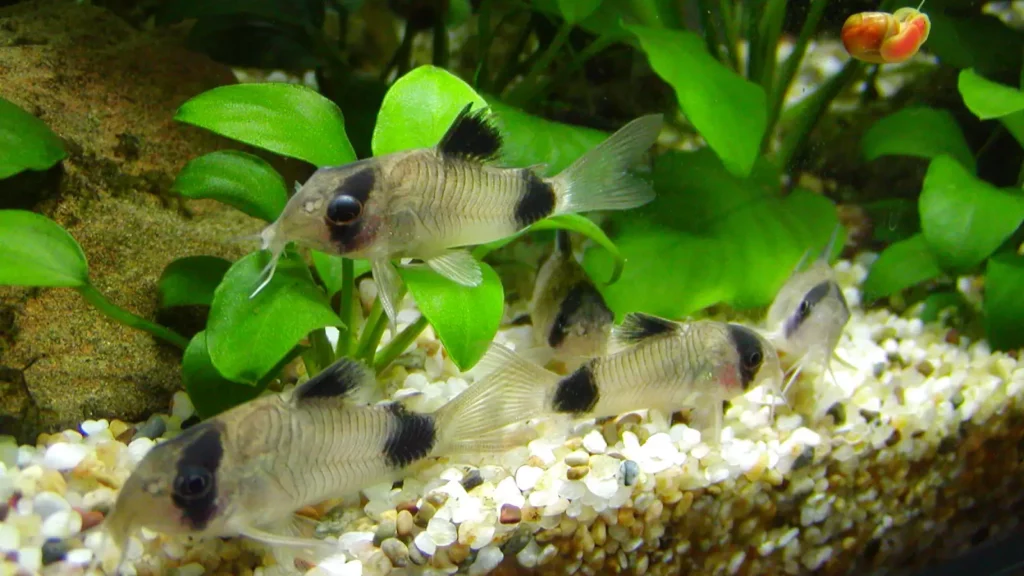
Considerations for Selecting Corydoras Catfish
When selecting Corydoras catfish for your aquarium, it’s important to consider factors such as tank size, compatibility with other fish species, and the specific needs of each Corydoras species. Some species may have particular requirements regarding water parameters, substrate type, or tank mates, so research and careful consideration are essential. Additionally, consider the overall aesthetic you wish to achieve in your aquarium and choose Corydoras species that complement your existing fish community and décor.
Conclusion
In conclusion, we’ve explored the fascinating world of Corydoras catfish, delving into their origins, physical characteristics, habitat requirements, feeding habits, behavior, common health issues, popular species, and more. Whether you’re a seasoned aquarist or a beginner enthusiast, Corydoras catfish offer a captivating addition to any aquarium with their unique charm and peaceful demeanor. As you embark on your journey with these delightful fish, remember to prioritize their well-being by providing a suitable environment, maintaining optimal water quality, and offering a varied diet. We encourage you to continue exploring the diverse array of Corydoras species and to share your experiences and questions in the comments section below. Happy fishkeeping!
Additional Resources
Reputable Forums
- AquariumAdvice: A vibrant community of aquarium enthusiasts offering advice, discussions, and troubleshooting tips.
- FishForums: A comprehensive forum covering various aspects of fishkeeping, including species-specific discussions and care guides.
- PlantedTank: An active forum focused on planted aquariums, with dedicated sections for Corydoras care and breeding.
Recommended Products
- Hikari Sinking Wafers: Nutritious sinking wafers specifically formulated for bottom-dwelling fish like Corydoras, providing essential nutrients and promoting natural foraging behavior.
- API Freshwater Master Test Kit: A comprehensive water testing kit for monitoring key parameters such as ammonia, nitrite, nitrate, pH, and more, ensuring optimal water quality for your aquarium.
- Seachem Prime: A highly effective water conditioner that detoxifies ammonia, nitrite, and nitrate, providing a safe and healthy environment for your fish.
Frequently Asked Questions (FAQs)
1. What size tank do Corydoras catfish need?
Corydoras catfish are best kept in tanks with a capacity of at least 20 gallons for a small group. Larger tanks provide more space for these social fish to thrive and exhibit natural behaviors.
2. Do Corydoras catfish require a specific substrate?
While Corydoras catfish can adapt to various substrate types, they prefer sandy or fine-gravel substrates that allow them to sift through and forage for food without damaging their delicate barbels.
3. How often should I feed my Corydoras catfish?
Corydoras catfish are omnivores with hearty appetites, so it’s recommended to feed them small, frequent meals throughout the day. Aim for 2-3 feedings per day, offering a varied diet of sinking pellets, flakes, and occasional treats like frozen or live foods.
4. Are Corydoras catfish compatible with other fish species?
Yes, Corydoras catfish are generally peaceful and compatible with a wide range of community fish species, including tetras, rasboras, gouramis, and dwarf cichlids. Avoid pairing them with aggressive or overly territorial species that may harass or intimidate them.
5. How can I tell if my Corydoras catfish are breeding?
Breeding Corydoras catfish often exhibit courtship behavior, with males chasing and nudging females in a dance-like manner. Females may lay eggs on the substrate or on plant leaves, which are then fertilized by the males. Look for spawning behavior and the presence of eggs as indicators of breeding activity.

